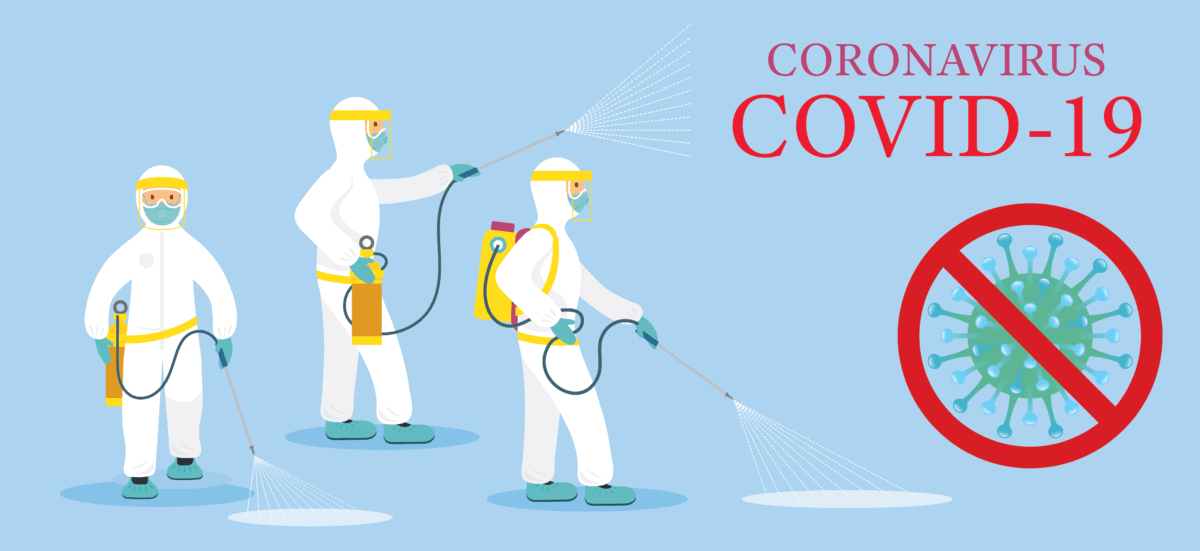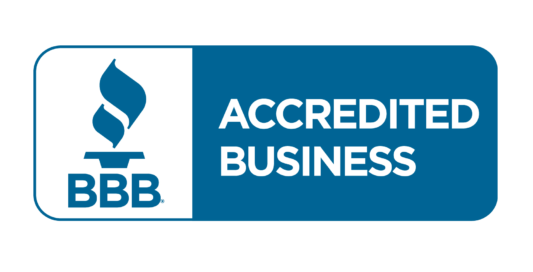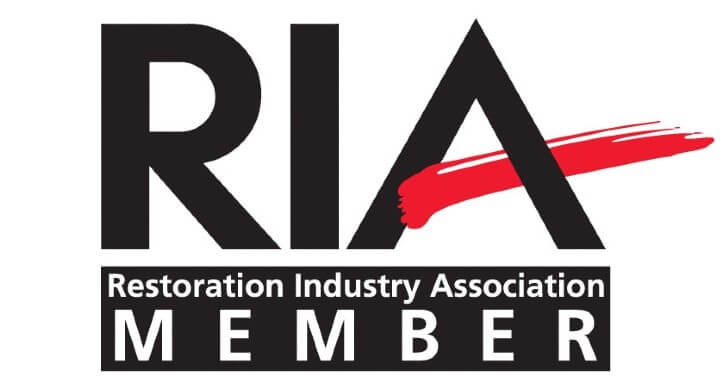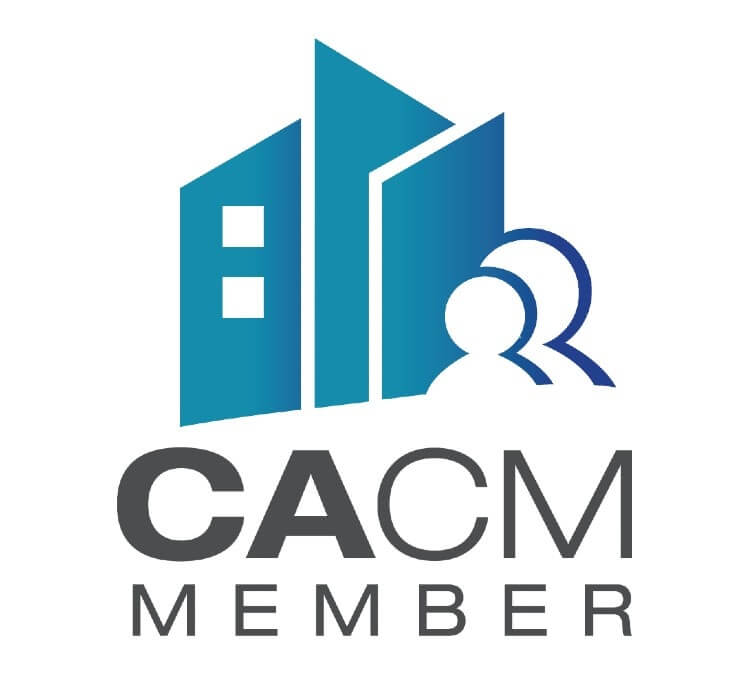How to Keep Essential Businesses Open and Safe for Your Staff During the COVID-19 Pandemic
As the COVID-19 pandemic continues to affect operations across various sectors, many essential businesses—such as military services, food stores, emergency services, and senior care—must remain open. It is crucial for these businesses to implement effective strategies to safeguard their staff while mitigating the risks of virus transmission.
At Certified Restoration, we understand that clients are increasingly turning to restoration professionals for assistance in navigating these challenges. Here’s how to keep essential businesses operating safely during the pandemic.
“Flattening the Curve” of Infections
To prevent the spread of COVID-19, avoiding exposure to the virus is paramount. Research has shown that two effective methods for mitigating transmission are social distancing and cleaning and disinfecting surfaces.
Social Distancing COVID-19 spreads primarily through respiratory droplets when an infected person coughs or sneezes. Maintaining at least six feet of distance from others helps reduce direct transmission. Limit contact to only those within your immediate household whenever possible.
Clean and Sanitize Surfaces Indirect transmission occurs when a person touches a contaminated surface and then their face. Regularly cleaning and disinfecting surfaces can significantly decrease this risk. Implementing strict protocols for washing hands and sanitizing surfaces can help minimize transmission rates.
Best Practices for Cleaning and Disinfecting Work Areas
To effectively contain the virus, essential businesses should adopt the following measures:
– Social Distancing: Ensure employees maintain safe distances.
– Mask Requirements: Mandate that all staff wear masks.
– Regular Cleaning: Frequently clean and sanitize high-touch surfaces, as recommended by health experts. Keep in mind that a cleaned surface can quickly become contaminated again if an infected individual is nearby.
Understanding Cleaning, Disinfecting, and Sanitizing
– Cleaning: Removes dirt and germs but does not kill them. It lowers the risk of spreading infection.
– Disinfecting: Uses chemicals to kill germs on surfaces. This process should follow cleaning to ensure maximum effectiveness.
– Sanitizing: Reduces the number of germs to a safe level but does not eliminate them completely.
Effective Sanitization Techniques
Research indicates that the virus can survive on various surfaces for differing lengths of time. For instance, it can remain viable on stainless steel for up to three days, while cardboard may only harbor the virus for up to 24 hours. Thus, knowing the types of surfaces in your workspace is crucial for effective cleaning.
For non-porous surfaces, applying a disinfectant and allowing it to sit for at least 10 minutes is ideal. For porous surfaces, different methods such as fogging may be necessary to ensure thorough disinfecting.
Disinfecting Porous vs. Non-Porous Surfaces
Most workspaces contain a mix of both porous (e.g., carpets, fabrics) and non-porous (e.g., countertops, plastics) surfaces:
– Non-Porous Surfaces: Easier to disinfect; apply EPA-approved disinfectants directly.
– Porous Surfaces: More challenging; consider fogging or other methods that allow for deep penetration of disinfectants.
Certified Restoration’s Cleaning and Disinfecting Services
Certified Restoration provides a range of services to help businesses maintain a safe environment during the pandemic:
1. High Touchpoint Cleaning and Disinfecting: Follow CDC guidelines to thoroughly clean surfaces before applying disinfectants.
2. Hydroxyl Air and Surface Purification: This method utilizes the Odorox® system to purify air and surfaces from harmful pathogens.
3. Application of Disinfectants with a ULV Fogger: Ideal for larger areas, this method quickly applies disinfectants to hard-to-reach places.
As a leading San Diego restoration company, we have extensive experience in emergency water restoration, mold remediation, and sanitization. Our expertise equips us to help essential businesses combat the spread of COVID-19 effectively.
If you want to learn more about our cleaning and sanitizing services tailored for your workspace, call us at (619) 373-0585. Let us help you keep your staff safe and your business operational during these challenging times.




